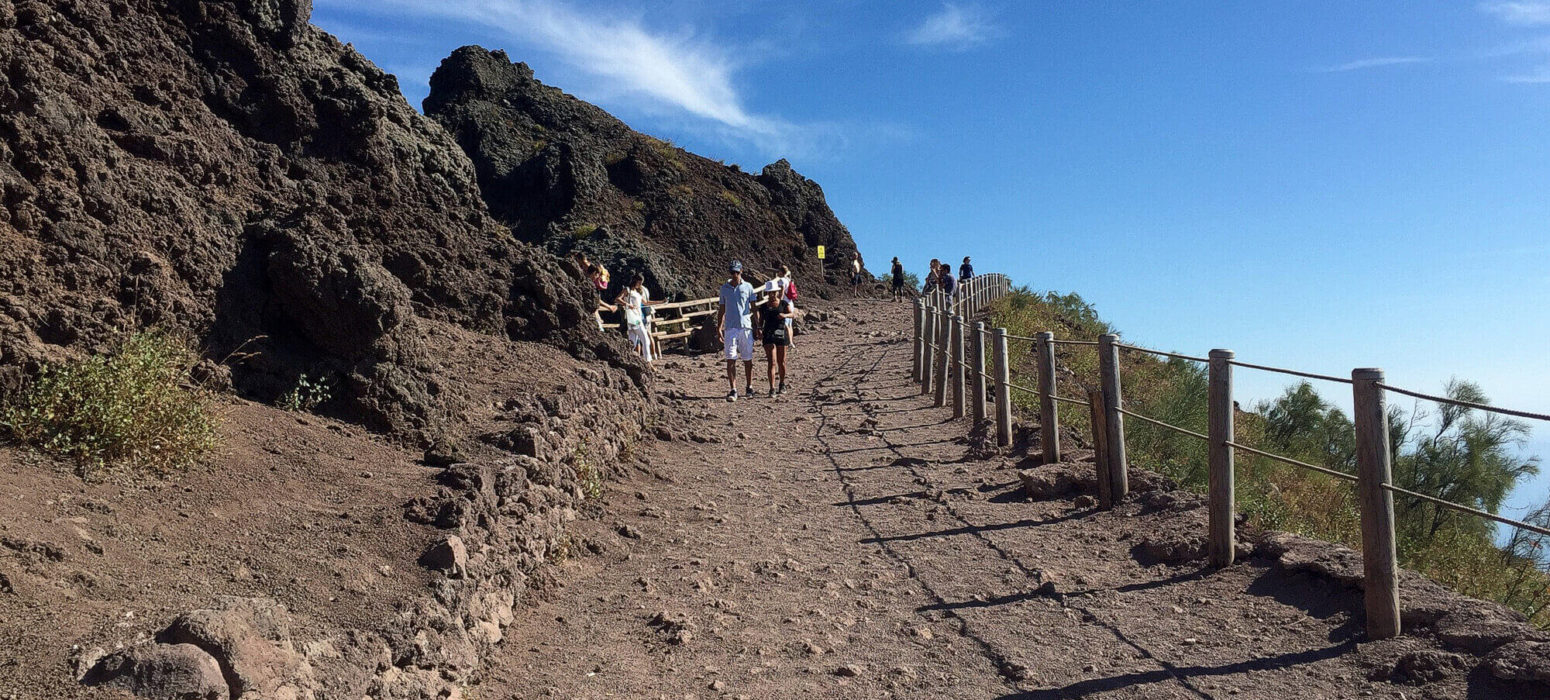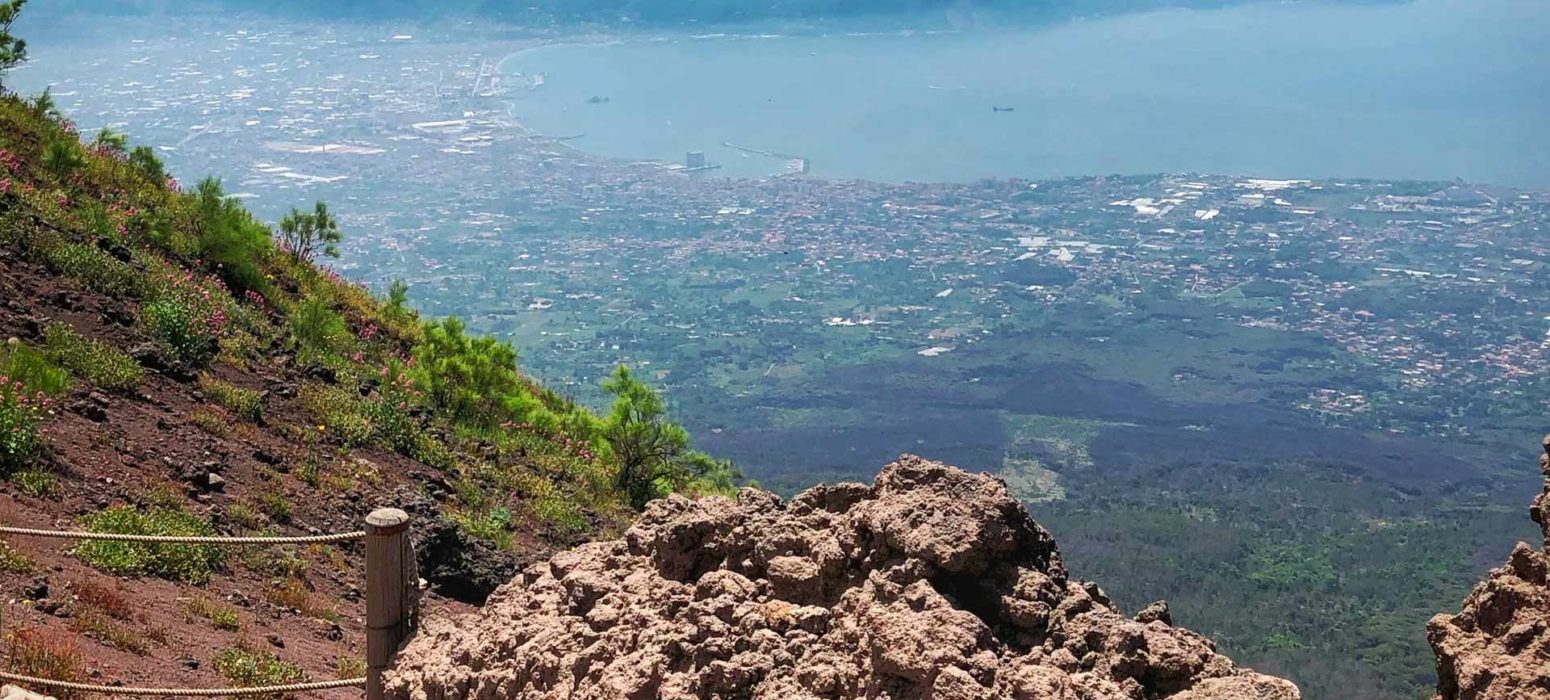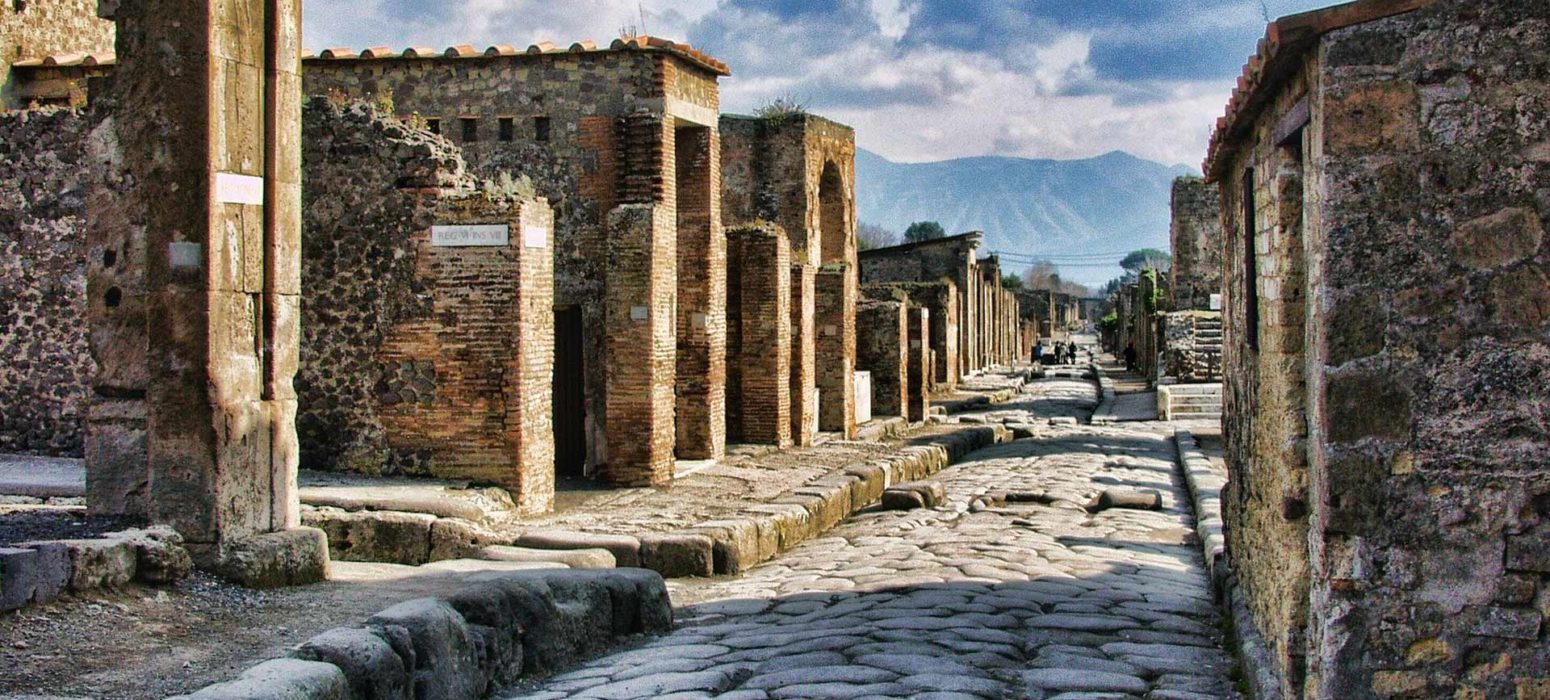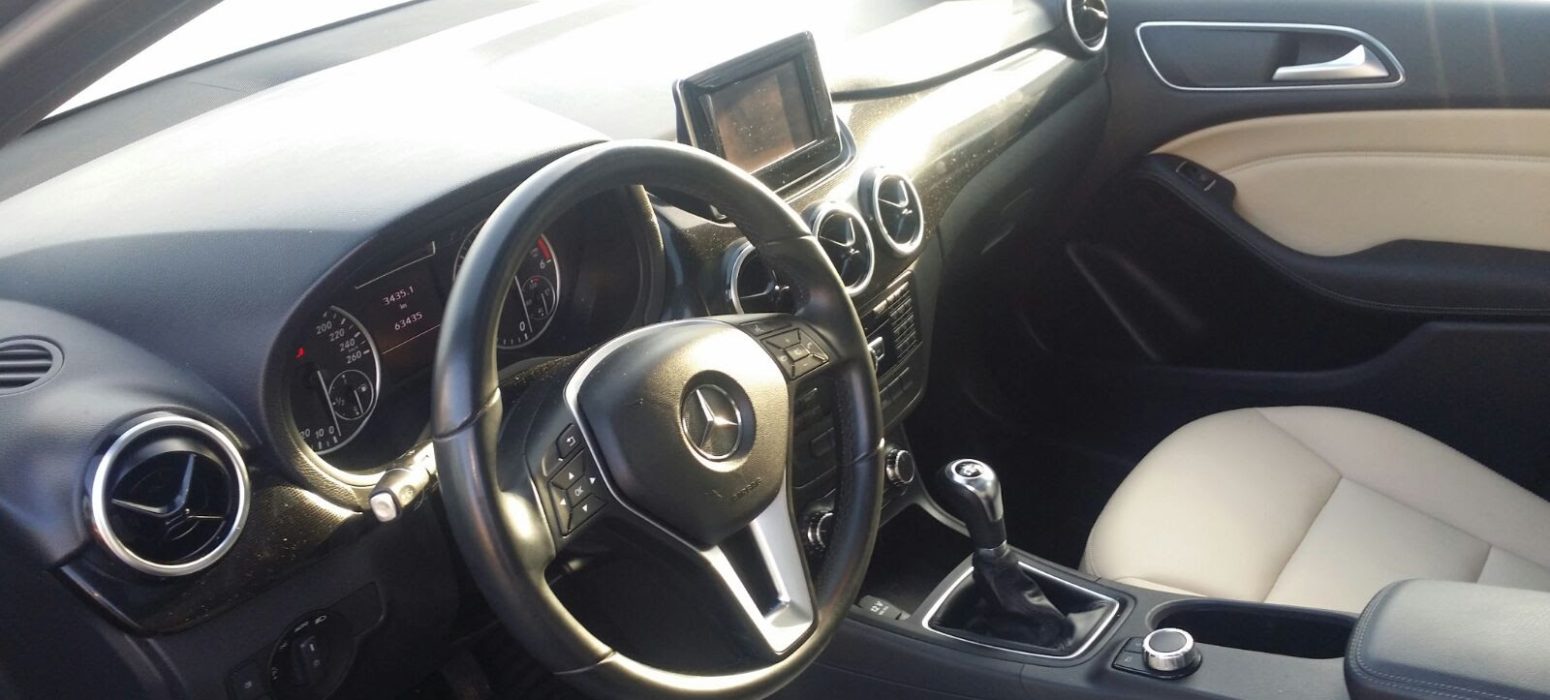



Do not hesitage to give us a call. We are an expert team and we are happy to talk to you.
+39 333 1908044
info@pompeicarservice.com
8:00 – 9:00 am
airports, railway station, ports and hotels all through Italy.
approximately 8 hours
Tip
A day around the bay of Naples visiting the highlights of it. Pompeii, Herculaneum and Mt. Vesuvius are included in this historical tour. Travel to each site in a comfortable Mercedes vehicle with a personal local Guide who’ll give you important information about the history and the culture of the places that you will visit. Explore each of the archaeological sites and the volcano that erupted in 79 AD burying those towns at your own pace.You can also get some of the local food during this tour tour just ask to your guide to get recommendation.
Pompeii is a fascinating mix of beauty, history and culture. As you explore the uncanny ruins of this ancient micropolis, the nearly 20 centuries that separate its streets, buildings and inhabitants from us seem to fall away like the 20 ft. of hardened ash that were removed to bring its story to light. Nothing could have prepared Pompeii’s residents for the force building below their beloved grass covered mountain (portrayed in many a fresco), so when Mt. Vesuvius blew its top on August 24, 79 AD, virtually everyone and everything remained. As a result, a stop motion photograph of each phase of the eruption and a perfectly rendered portrait of how these ancient people lived has been handed down to us. Today Pompeii represents one of the largest archeological areas in the world, Unesco World Heritage site, it is a very popular tourist destination. Not to visit he so-called “buried town” means missing a unique experience in the world.
In contrast to modern Ercolano, classical Herculaneum was a peaceful fishing and port town of about 4000 inhabitants, and something of a resort for wealthy Romans and Campanians. Herculaneum’s fate paralleled that of nearby Pompeii. Destroyed by an earthquake in AD 63, it was completely submerged in the AD 79 eruption of Mt Vesuvius. However, as it was much closer to the volcano than Pompeii, it drowned in a 16m-thick sea of mud rather than in the lapilli (burning pumice stone) and ash that rained down on Pompeii. This essentially fossilised the town, ensuring that even delicate items, like furniture and clothing, were discovered remarkably well preserved.The town was rediscovered in 1709 and amateur excavations were carried out intermittently until 1874, with many finds being carted off to Naples to decorate the houses of the well-to-do or to end up in museums. Serious archaeological work began again in 1927 and continues to this day.
Looming above the Bay of Naples, Mt. Vesuvius erupted in AD 79 and covered Pompeii in ash, preserving parts of the ancient city that can still be seen today. The volcano itself is still active—the only active one in continental Europe—and, though dormant, is considered to be one of the world’s most dangerous volcanoes. Despite this, many visitors hike the mountain to see its infamous crater and are rewarded with stunning views of Pompeii, the Bay of Naples, and the surrounding Italian countryside. A trip to the volcano itself provides the best understanding of the area and its impact on the region’s history. A hike up the mountain begins in Mount Vesuvius National Park, which has nine nature trails and allows for summit access. The crater’s lunar landscape is otherworldly, and the views are tough to beat.
| Cookie | Durata | Descrizione |
|---|---|---|
| cookielawinfo-checkbox-analytics | 11 months | Questo cookie è impostato da GDPR Cookie. Il cookie viene utilizzato per memorizzare il consenso dell'utente per i cookie nella categoria "Analisi". |
| cookielawinfo-checkbox-functional | 11 months | Il cookie è impostato dal GDPR cookie consenso per registrare il consenso dell'utente per i cookie nella categoria "Funzionali". |
| cookielawinfo-checkbox-necessary | 11 months | Questo cookie è impostato da GDPR Cookie. I cookie vengono utilizzati per memorizzare il consenso dell'utente per i cookie nella categoria "Necessari". |
| cookielawinfo-checkbox-others | 11 months | Questo cookie è impostato da GDPR Cookie. Il cookie viene utilizzato per memorizzare il consenso dell'utente per i cookie nella categoria "Altro. |
| cookielawinfo-checkbox-performance | 11 months | Questo cookie è impostato da GDPR Cookie. Il cookie viene utilizzato per memorizzare il consenso dell'utente per i cookie nella categoria "Prestazioni". |
| viewed_cookie_policy | 11 months | Il cookie è impostato dal plugin GDPR Cookie Consent e viene utilizzato per memorizzare se l'utente ha acconsentito o meno all'uso dei cookie. Non memorizza alcun dato personale. |